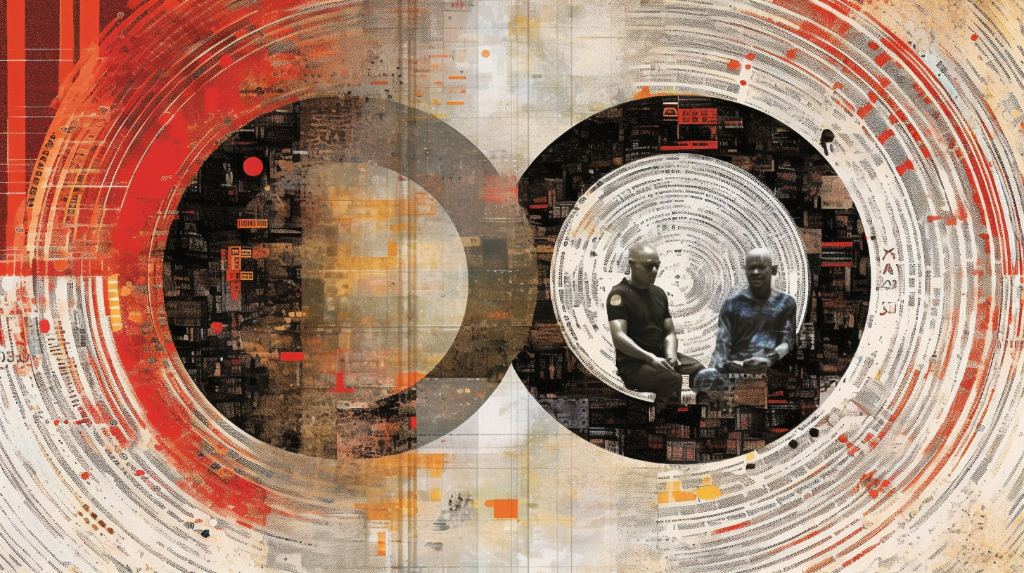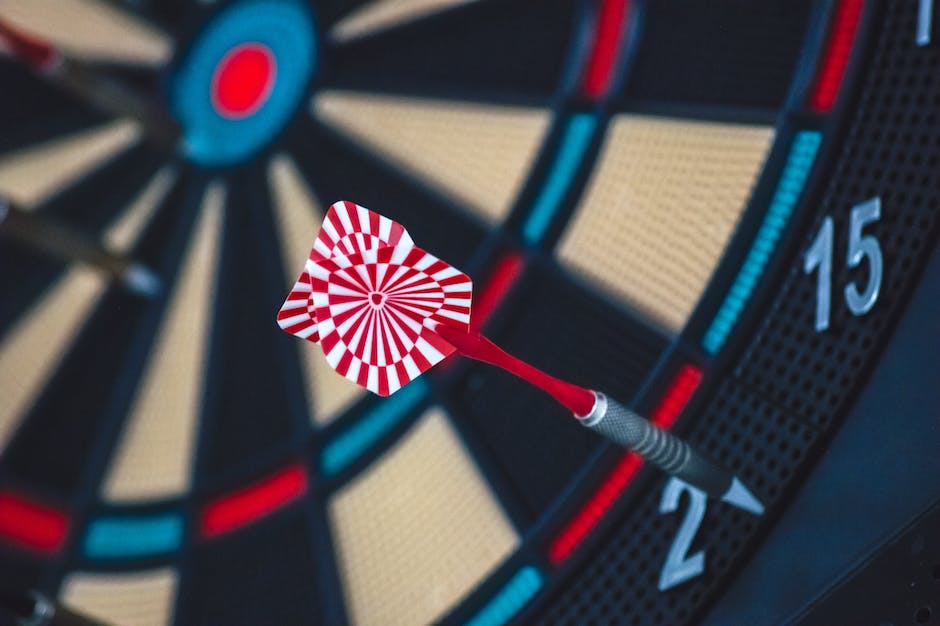There is no denying that covariance and correlation are two fundamental statistical concepts that are crucial in fields like data analysis, finance, and machine learning. Both are used to measure the relationship between two variables, but they do it in different ways. This blog post aims to deepen your understanding of covariance and correlation, explaining what they are, what they measure, their implications, and how they are calculated.

Understanding Covariance
Covariance is a statistical measure that indicates the extent to which two random variables change in tandem. In other words, it gives us an understanding of how much two variables vary together. Covariance is especially useful when dealing with multiple variables, as it can help identify trends or patterns.
Mathematically, covariance is calculated using the formula: Cov(X,Y) = Σ [(xi – μx) * (yi – μy)] / (n-1). Here, X and Y are the two variables, xi and yi are individual data points, μx and μy are the means of the respective variables, and n is the number of data points.
Remember, a positive covariance indicates that the two variables increase or decrease together, while a negative covariance suggests that one variable increases when the other decreases, and vice versa.
Unpacking Correlation
Correlation, on the other hand, is a statistical measure that describes the degree to which two variables move in relation to each other. Unlike covariance, correlation is standardized, meaning it ranges between -1 and 1. This makes correlation a more direct and approachable way to understand the relationship between two variables.
The correlation coefficient is calculated using the formula: r = Cov(X,Y) / (σx * σy). Here, r is the correlation coefficient, Cov(X,Y) is the covariance of X and Y, and σx and σy are the standard deviations of the respective variables.
A correlation of -1 indicates a perfect negative correlation, meaning as one variable increases, the other decreases at a consistent rate. A correlation of 1 indicates a perfect positive correlation, i.e., both variables increase or decrease together. A correlation of 0, meanwhile, suggests no linear relationship between the variables.
Deciphering the Differences between Covariance and Correlation
While both covariance and correlation are statistical measures that describe the relationship between two or more variables, there are significant differences between the two. The key difference lies in the nature of the relationship they describe, as well as the units of measurement they use.
Covariance indicates how two variables vary together, reflecting whether an increase in one variable results in an increase or decrease in the other. However, it does not measure the strength of the relationship, nor the dependency between the variables. Moreover, the unit of measurement in covariance is a product of the units of the two variables, which can make interpretation challenging.
On the other hand, correlation measures both the strength and direction of the linear relationship between two variables. It is standardized, meaning it always varies between -1 and 1, with -1 indicating a perfect negative relationship, 1 indicating a perfect positive relationship, and 0 indicating no relationship. This standardization allows for easy comparisons between different pairs of variables, regardless of their individual units of measurement.
The choice between covariance and correlation depends on the context and the specific needs of your analysis. If you’re interested in clearly understanding the strength and direction of a relationship, correlation is likely the better choice. However, if you’re more interested in understanding how variables change together, covariance could be the more appropriate measure.
Comparing the Formulas
Looking at the formulas used to calculate covariance and correlation can further clarify the differences between the two. Covariance is calculated as the average of the product of the differences of each variable from their mean. The formula is:

On the other hand, correlation is calculated as covariance divided by the product of the standard deviations of the two variables. This standardization process gives correlation its range of -1 to 1. The formula for correlation is:

The relationship between the formulas underscores the relationship between covariance and correlation. In essence, correlation can be thought of as a standardized version of covariance.
Practical Applications
Both covariance and correlation have wide-ranging applications, particularly in the fields of data analysis and machine learning. Covariance can be helpful in understanding the directional relationship between two variables, which can be useful in predicting trends or forecasting. For example, an e-commerce business might use covariance to understand how changes in website traffic affect sales.
Correlation, with its clear, standardized measure of the strength of relationships, is often used in predictive modeling and algorithm development. In machine learning, for example, understanding the correlation between different features can inform feature selection, potentially improving the performance of the model.
In conclusion, while covariance and correlation are similar in that they both measure relationships between variables, their differences in scale, interpretability, and practical application make them distinct and valuable tools in the world of data analysis and machine learning. Understanding both measures and knowing when to apply each is an essential skill for anyone working with data.
The Importance of Covariance and Correlation in Tech
So, why are covariance and correlation so important in the tech industry, particularly in fields such as data analysis and machine learning? These two concepts are fundamental tools for understanding and interpreting data. They provide insights into the relationships between different variables, which is essential in many tech roles.
In data analysis, for instance, covariance and correlation can be used to identify patterns and trends in large datasets. This allows analysts to make informed predictions and decisions. In machine learning, these concepts are used to train algorithms and build predictive models. By understanding the relationships between variables, machine learning engineers can create more accurate and efficient models.
Simply put, without a solid understanding of covariance and correlation, it would be significantly more challenging to work effectively with data. Whether you’re analyzing user behavior, training an AI model, or making strategic decisions based on data, these concepts are tools you’ll want in your toolkit. Sounds pretty crucial, doesn’t it?
Misconceptions about Covariance and Correlation
Despite the critical role they play in data analysis and machine learning, covariance and correlation are often misunderstood. One common misconception is that a high covariance necessarily implies a strong relationship between two variables. However, because covariance is scale-dependent, a large covariance might not indicate a strong relationship.
Another common mistake is confusing correlation with causation. While correlation measures the strength of the relationship between two variables, it does not imply that changes in one variable cause changes in the other. This is a crucial distinction to make when interpreting data.
So, how can you avoid these misconceptions? The first step is to understand the concepts deeply and thoroughly. Remember that covariance is scale-dependent and that correlation does not imply causation. When analyzing data, always consider the context and be careful not to jump to conclusions based on these values alone.
Additionally, using visual aids like scatter plots can help you better understand the relationships between variables. By visualizing your data, you can get a more intuitive sense of what your covariance and correlation values really mean. And of course, continual learning and practice are key to mastering these concepts. Ready to get started?

The Impact of Covariance and Correlation on Decision Making
When it comes to decision making in tech fields, especially in areas such as data analysis and machine learning, covariance and correlation hold considerable sway. These statistical concepts provide critical insights into relationships between data sets, which can significantly impact strategic decisions.
Consider, for example, a machine learning algorithm training on a set of data. Understanding the correlation between different features can help in improving the algorithm’s performance. If two features are highly correlated, it might be redundant to include both, as they don’t provide unique information. This understanding can help refine the data inputs and optimize the algorithm’s performance.
Similarly, covariance can influence decision-making by providing insights into how changes in one variable coincide with changes in another. This can be particularly useful in predictive modeling, where understanding these relationships can help forecast future trends.
Are you starting to see how valuable these concepts are in the tech world?
Final Thoughts and Key Takeaways
As we conclude this exploration into covariance and correlation, it’s clear that these aren’t just abstract concepts reserved for statisticians. They’re vital tools for anyone working in tech, especially those dealing with data analysis and machine learning.
Understanding covariance and correlation can provide you with a deeper insight into your data. This understanding can enable you to make more informed decisions, optimize your algorithms, and even predict future trends. Isn’t that an exciting prospect?
As we’ve seen, covariance gives you a measure of how two variables change together. In contrast, correlation provides a scaled measure of this relationship, allowing for easier comparisons between different data sets. Both these concepts, though different, offer unique and valuable insights.
As a final tip, always remember to consider the context of your data before jumping to conclusions based on covariance or correlation. It’s essential to understand that correlation does not imply causation, and while covariance might indicate a relationship, it might not tell you the whole story. Always dig deeper!
